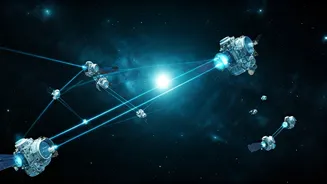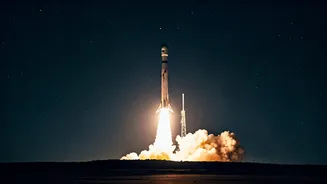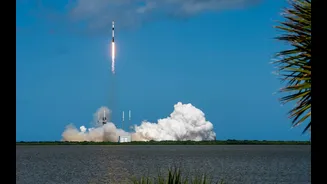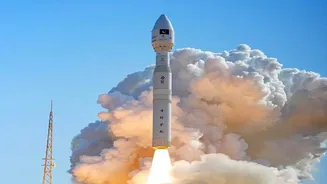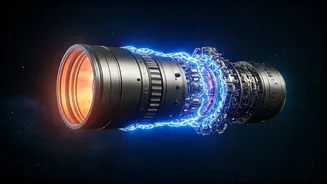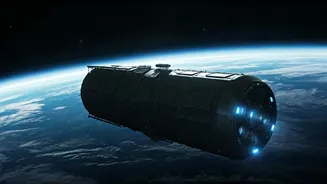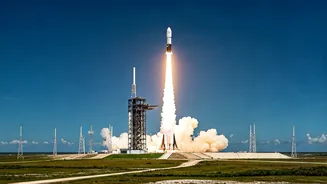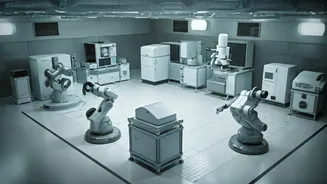Conference Overview
The SmallSat Education Conference served as a platform for disseminating information about advancements in space technology. Attendees gained insights
into the ongoing development of the SmallSat sector. It catered to a diverse audience, including middle and high school students, college students, educators, and parents. The event provided an opportunity to delve into the practical applications and implications of new technologies. The conference focused on various aspects of space education and the increasing accessibility of space-related fields. This made it a valuable event for anyone interested in the aerospace sector. Key topics covered included connectivity solutions and novel thruster technologies.
Starlink's Laser Links
One of the key discussions centered around Starlink's mini lasers. These lasers are designed to connect Muon Space satellites, thereby enabling near real-time connectivity. This advancement represents a significant leap forward in communication technology. It has the potential to drastically improve data transmission speeds and reduce latency. The utilization of laser technology in space provides a more efficient and reliable means of transferring data. This is particularly crucial for applications that demand real-time or near real-time data delivery. The conference likely addressed the technical specifications, potential benefits, and practical applications of this innovative approach to satellite communication, underscoring its importance for future space missions and commercial ventures.
Reshaping Satellite Revenue
The conference explored the trends impacting satellite revenues. One significant transformation highlighted was the shift from data growth to a decline in video services by 2034. This shift signifies a strategic adjustment in the market dynamics of the satellite industry. The increase in data demands and the decrease in reliance on video suggest a change in consumer and business requirements. This change also reflects broader shifts in how information is accessed and consumed globally. The discussion probably revolved around the market impact and strategic planning adaptations necessary to thrive in this evolving environment. The presentations likely provided an overview of the challenges and opportunities for satellite companies adapting to these changes.
ECAPS' Thruster Technology
ECAPS announced its FAST (Fast-Start Thruster) technology at the SmallSat Education Conference. This thruster system offers significant advancements in propulsion capabilities. FAST technology could potentially reduce mission durations. This innovation is pivotal for increasing efficiency and performance in space missions. The conference probably included discussions on the technology's advantages, such as enhanced maneuverability and reduced response times. The event allowed attendees to learn how FAST technology aligns with the evolving requirements of the aerospace industry. It highlighted the importance of faster and more efficient propulsion systems for future satellite operations and space exploration missions. The breakthrough demonstrated the sector's commitment to continuous improvement.
